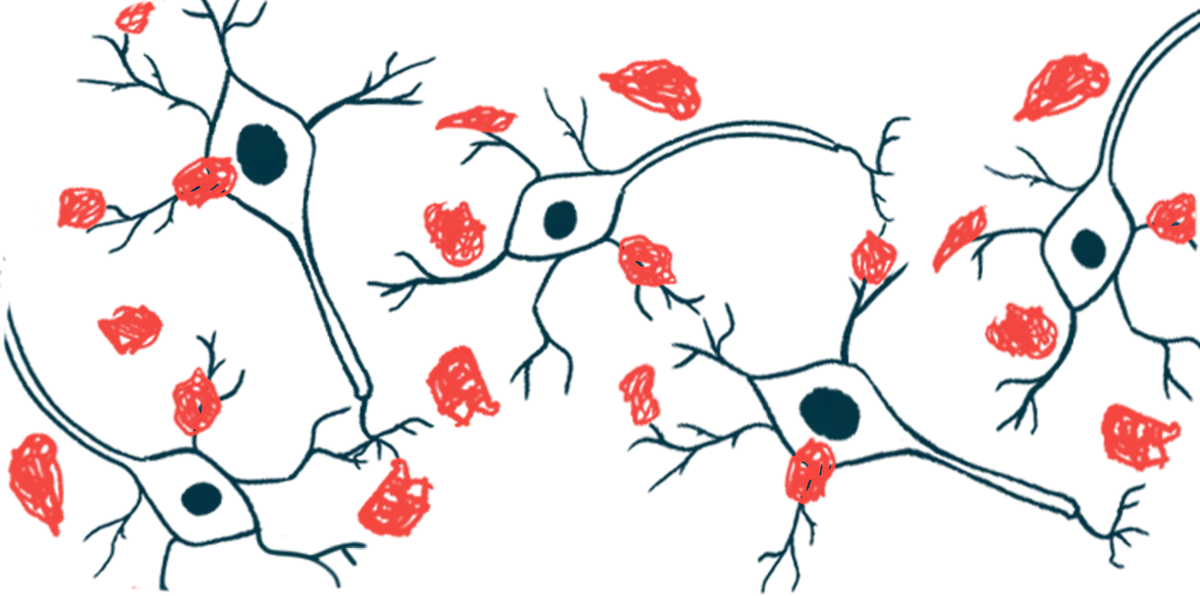Collaboration to expand access to alpha-synuclein protein test in US
Amprion, Mayo Clinical Labs team up to advance use of diagnostic tool

A new collaborative effort between Mayo Clinical Laboratories and Amprion will expand access to the diagnostic company’s SAAmplify–αSYN test — designed to detect the presence of abnormal alpha-synuclein protein in people suspected of having neurodegenerative diseases — across the U.S., according to a joint press release.
Using this test could help in the early diagnosis of Parkinson’s disease and specific forms of atypical parkinsonism, such as dementia with Lewy bodies and multiple system atrophy, which are marked by the accumulation of alpha-synuclein clumps.
By detecting toxic forms of alpha-synuclein proteins years before symptoms appear, the test enables more accurate diagnoses at an earlier stage. Such early detection could give clinicians greater confidence in their assessments, enabling healthcare providers to develop more personalized treatment plans that have the potential to improve patient outcomes, per the partners.
“By combining Mayo Clinic Laboratories’ extensive expertise in diagnostic testing with Amprion’s innovative SAAmplify–αSYN technology, we are expanding our portfolio of diagnostic services for neurodegenerative diseases,” said William Morice II, MD, PhD, president and CEO of Mayo Clinic Laboratories. “This collaboration on neurological testing enhances our ability to deliver precise and timely answers to patients and healthcare providers.”
Test for detecting alpha-synuclein protein clumps launched in US last year
Parkinson’s is caused by the progressive loss of dopaminergic neurons, which are the nerve cells responsible for producing dopamine — a chemical involved in nerve cell communication that’s key to motor control.
A hallmark feature of the disease, as well as other synucleinopathies, or related neurodegenerative conditions, is the formation of abnormal protein clumps, referred to as Lewy bodies, in brain cells. Such clumps, or aggregates, are mainly composed of misfolded forms of the alpha-synuclein protein. These clumps are toxic to cells and spread in a prion-like manner, meaning that clumps in one brain region may induce the formation of more aggregates in nearby regions.
Amprion’s assay, which was launched last year in the U.S., uses a sample of cerebrospinal fluid or CSF, the liquid that surrounds the brain and spinal cord, to detect misfolded alpha-synuclein, even in small amounts. If present, the abnormal alpha-synuclein protein will trigger the clumping of the normal protein in the test environment.
According to the companies, the test is well-validated and accurate, and can detect the presence of misfolded alpha-synuclein with a 96% sensitivity and 92% specificity. Sensitivity refers to how well a test can identify people with a disease, while specificity is its accuracy in identifying those without the condition.
This collaboration is exciting as it will increase patient access to this [test]. … Earlier detection means earlier intervention, giving patients a better chance at improved outcomes and quality of life.
Additionally, use of the test allows differentiation from other neurodegenerative conditions that may cause cognitive decline or parkinsonism, such as Alzheimer’s disease, frontotemporal dementia, and progressive supranuclear palsy.
The test is available for clients of Mayo Clinic Laboratories, a for-profit, wholly owned subsidiary of Mayo Clinic.
Russ Lebovitz, MD, PhD, CEO and co-founder of Amprion, notes that “SAAmplify offers a sensitive and specific test” for these conditions.
“This collaboration is exciting as it will increase patient access to this assay,” Lebovitz said. “Earlier detection means earlier intervention, giving patients a better chance at improved outcomes and quality of life.”







